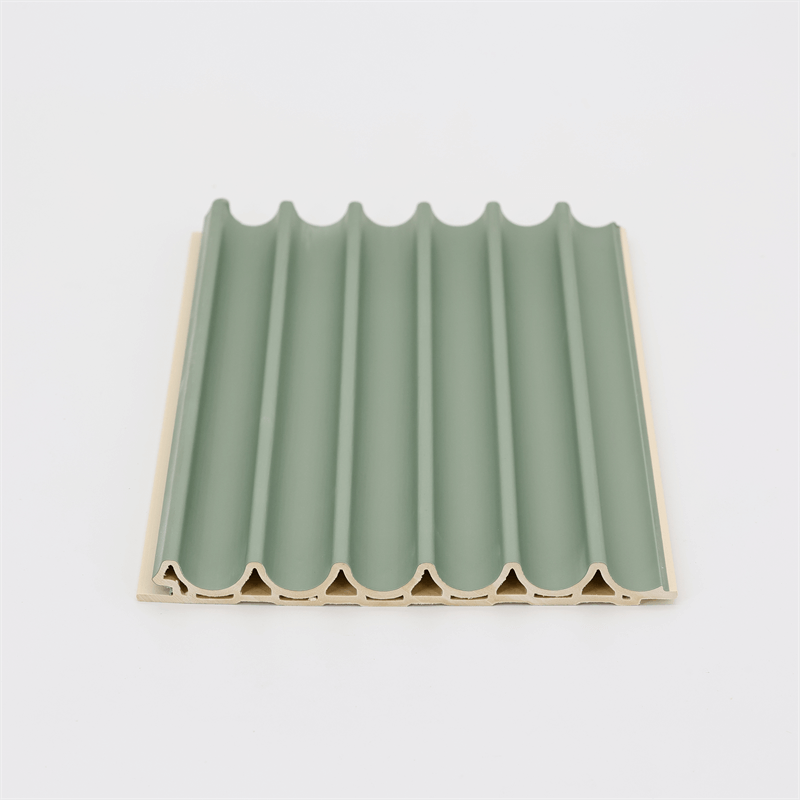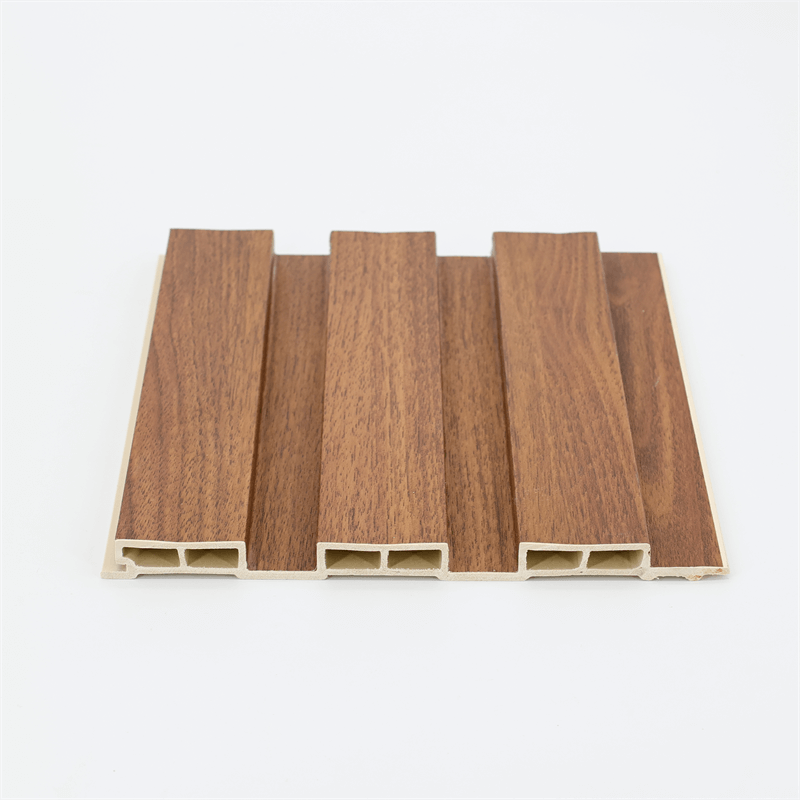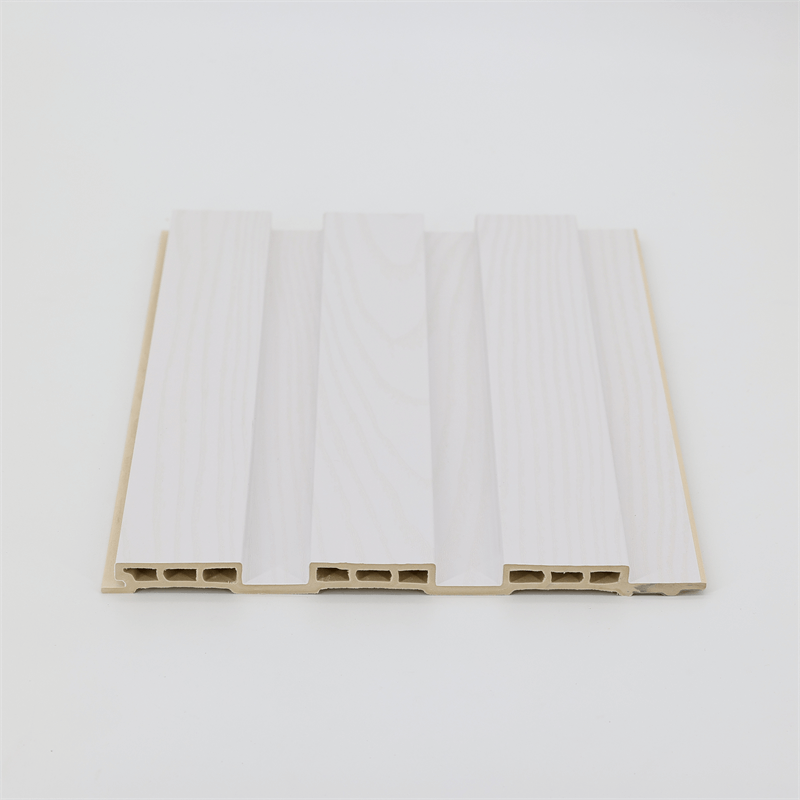When it comes to building materials, longevity is a crucial factor to consider. The durability and lifespan of a material determine its long-term value and impact on a building project.
WPC (Wood-Plastic Composite) wall panels have gained popularity in recent years due to their exceptional longevity.
This essay explores the longevity of WPC wall panels, highlighting their structural stability, resistance to wear and tear, low maintenance requirements, and contribution to sustainable construction.
I. Structural Stability:
One of the primary factors contributing to the longevity of WPC wall panels is their structural stability.
These panels are composed of a combination of wood fibers and polymer resins, resulting in a robust and stable material.
Unlike traditional wood panels, WPC panels are resistant to warping, cracking, and splintering, ensuring their structural integrity over time.
The dimensional stability of WPC panels is a key advantage. They are designed to withstand changes in temperature and humidity without significant expansion or contraction.
This characteristic prevents the panels from deforming or compromising the overall structure of the walls, contributing to their long-term stability.
Additionally, the interlocking system or tongue-and-groove design used in the installation of WPC panels enhances their structural stability.
The secure connection between panels ensures a seamless and continuous surface, eliminating the risk of gaps or unevenness that could lead to potential damage or weakening over time.
II. Resistance to Wear and Tear:
WPC wall panels are renowned for their exceptional resistance to wear and tear, making them an ideal choice for high-traffic areas and spaces subject to frequent use.
These panels can withstand impact, scratches, and abrasions, maintaining their aesthetic appeal and structural integrity even in demanding environments.
The composition of wood fibers and polymer resins gives WPC panels inherent strength and durability.
They are less prone to dents and dings compared to traditional materials, making them highly resilient to everyday wear and tear.
This characteristic is particularly beneficial in commercial settings such as offices, retail spaces, and public areas where walls are exposed to constant activity and potential damage.
Moreover, WPC panels are highly resistant to fading, discoloration, and stains.
They are engineered to withstand prolonged exposure to sunlight, ensuring that the panels retain their original appearance and vibrancy over time.
This resistance to external factors contributes to the long-lasting value and aesthetics of WPC wall panels.
III. Low Maintenance Requirements:
Another advantage of WPC wall panels is their low maintenance requirements, which significantly contribute to their longevity.
Unlike natural wood, WPC panels do not require regular staining, painting, or sealing to maintain their appearance and performance.
The inherent properties of the materials used in WPC panels eliminate the need for time-consuming and costly maintenance tasks.
Cleaning WPC panels is a simple process, usually requiring only water and mild detergent.
The smooth surface of the panels makes them easy to clean, and any stains or marks can be effortlessly wiped away.
This low maintenance characteristic not only saves time but also reduces the need for additional expenses associated with maintenance materials and labor.
Furthermore, the resistance of WPC wall panels to moisture and mold growth minimizes the risk of structural damage and the need for extensive repairs or replacements.
This longevity factor contributes to the cost-effectiveness and sustainability of building projects over time.
IV. Contribution to Sustainable Construction:
Sustainability is a crucial aspect of modern construction practices, and WPC wall panels align with the principles of sustainable design and construction.
The composition of WPC panels includes recycled materials, such as reclaimed wood fibers and recycled plastics.
By utilizing these materials, WPC panels help reduce the demand for virgin resources and minimize waste.
Moreover, the long lifespan of WPC wall panels reduces the need for frequent replacements, minimizing the environmental impact associated with production and disposal.
Their durability and resistance to wear and tear ensure that the panels remain in good condition for an extended period, promoting resource conservation and reducing overall project costs.
Additionally, WPC panels contribute to energy efficiency in buildings. Their insulation properties help maintain a consistent indoor temperature, reducing the reliance on heating and cooling systems.
This energy efficiency aspect not only reduces environmental impact but also results in long-term cost savings for building owners and occupants.

In conclusion, the longevity of WPC wall panels makes them a valuable investment for building projects.
Their structural stability, resistance to wear and tear, low maintenance requirements, and contribution to sustainable construction contribute to their long-term value.
The structural stability of WPC panels ensures their integrity and performance over time, while their resistance to wear and tear makes them suitable for high-traffic areas.
The low maintenance requirements of WPC panels save time, effort, and expenses associated with regular upkeep, further enhancing their longevity.
Moreover, WPC wall panels contribute to sustainable construction by incorporating recycled materials and promoting resource conservation.
Their durability reduces the need for frequent replacements, minimizing waste and environmental impact.
Additionally, the energy efficiency properties of WPC panels result in long-term cost savings and reduced carbon footprint.
By choosing WPC wall panels, builders and homeowners can be confident in the longevity and value of their building projects.
The durability and sustainability of these panels ensure that the walls remain structurally sound, aesthetically appealing, and environmentally responsible for years to come.


